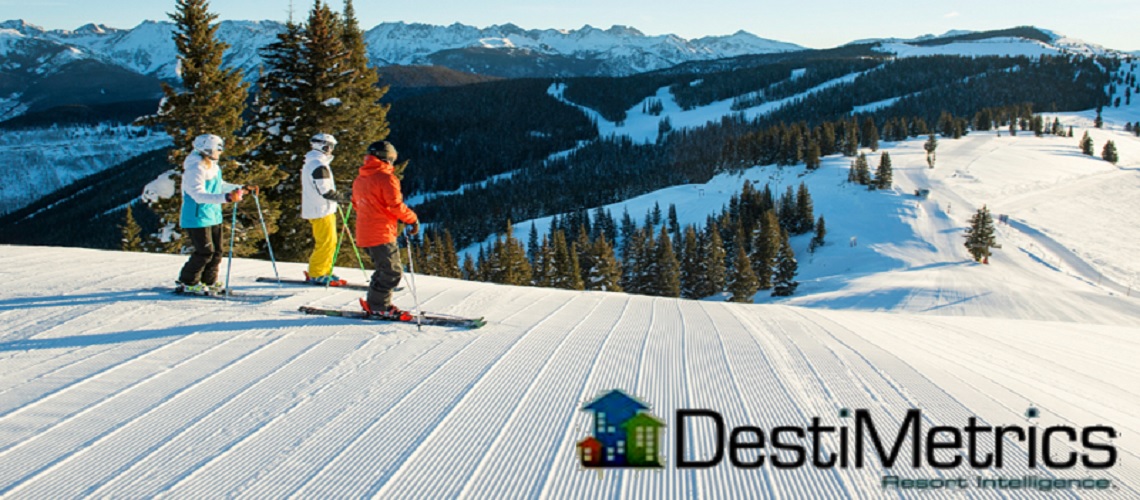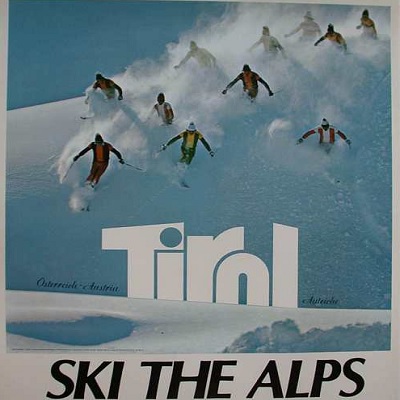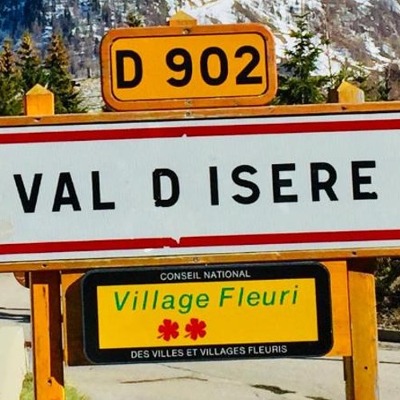Destimetrics: Rate Rise Keeps Western Lodging On The Upswing

Generous snowfall and good slope conditions throughout most Western resorts, along with less than ideal conditions in other regions, buoyed lodging rates even as occupancy figures continue to slip. The monthly Market Briefing from Inntopia’s DestiMetrics noted that rates are rising despite some consumer pushback an dipping occupancy.
The report reflects data derived from nearly 300 lodging properties in 18 mountain destination communities in Colorado, Utah, California, Nevada, Wyoming, and Idaho.
Occupancy for the month of December was down a fractional 0.1 percent compared to the previous year, while the average daily rate (ADR) rose a healthy 5.3 percent. That delivered a 5.2 percent rise in revenues compared to December 2018.
As of Dec. 31, the trend for the rest of the winter was similar. Occupancy and reservations for the six months from November through April are down a slight 0.8 percent. However, reservations for April are up a robust 19.8 percent compared to last April. For the full season, ADR is up 4.3 percent at the current rate of reservations and rates, aggregated revenues are showing a 3.5 percent increase year over year.
The booking pace during December for arrivals through May was up 2.3 percent compared to the same period last December. April bookings surged 38 percent, bolstered primarily by an earlier Easter than 2019. The April 12 holiday in 2020 occurs while many, if not most, western mountain resorts plan to be open. Last year, the April 21 Easter holiday landed when many resorts had already closed.
“Excellent slope conditions combined with the geographic flexibility provided by the increasingly popular, multi-resort season passes such as the Ikon and Epic passes are a big part of why both the Rocky Mountain and Far West ski resorts are having another strong revenue season,” reported Tom Foley, senior vice president of Business Operations and Analytics for Inntopia.
“Interestingly, despite strong conditions in the West and the competitive advantages of weaker snow so far in the Northeast, occupancy continues to struggle at many western resorts,” said Foley. “This sluggish occupancy has been the new norm for most of 2019 and is continuing into 2020. While rising rates have continued to drive revenues up for lodging properties, the potential for lower visitation as a result could eventually have a negative impact on the broader destination—including retail businesses, restaurants, non-ski activities, and town tax collections,” he concluded.














